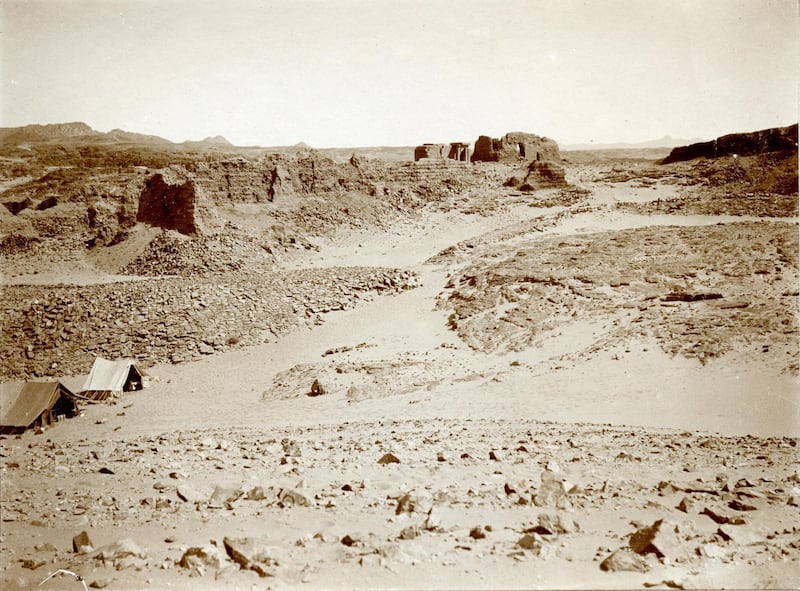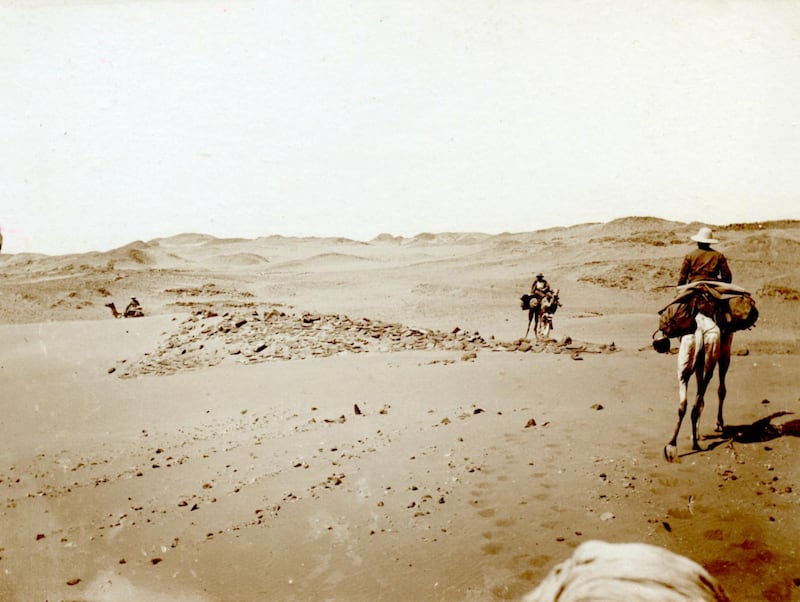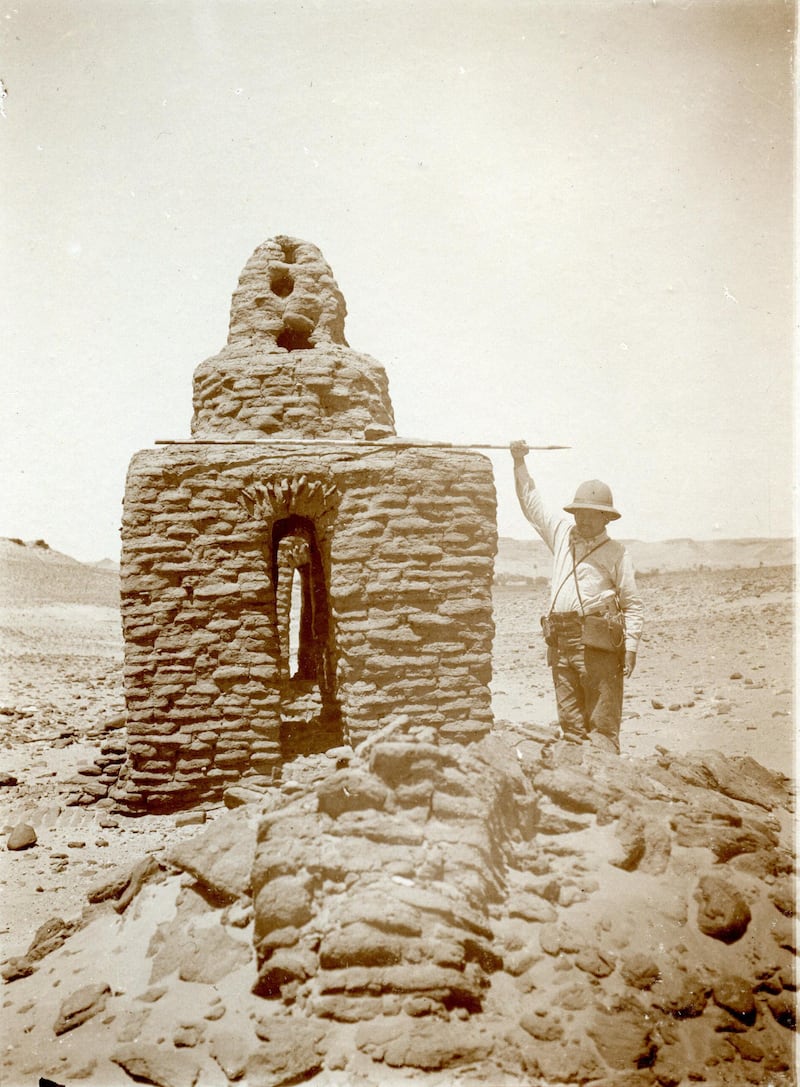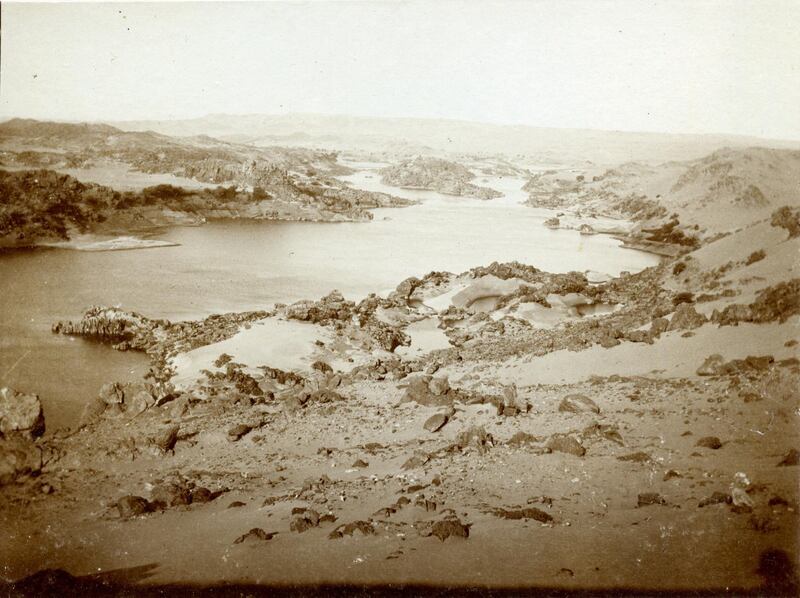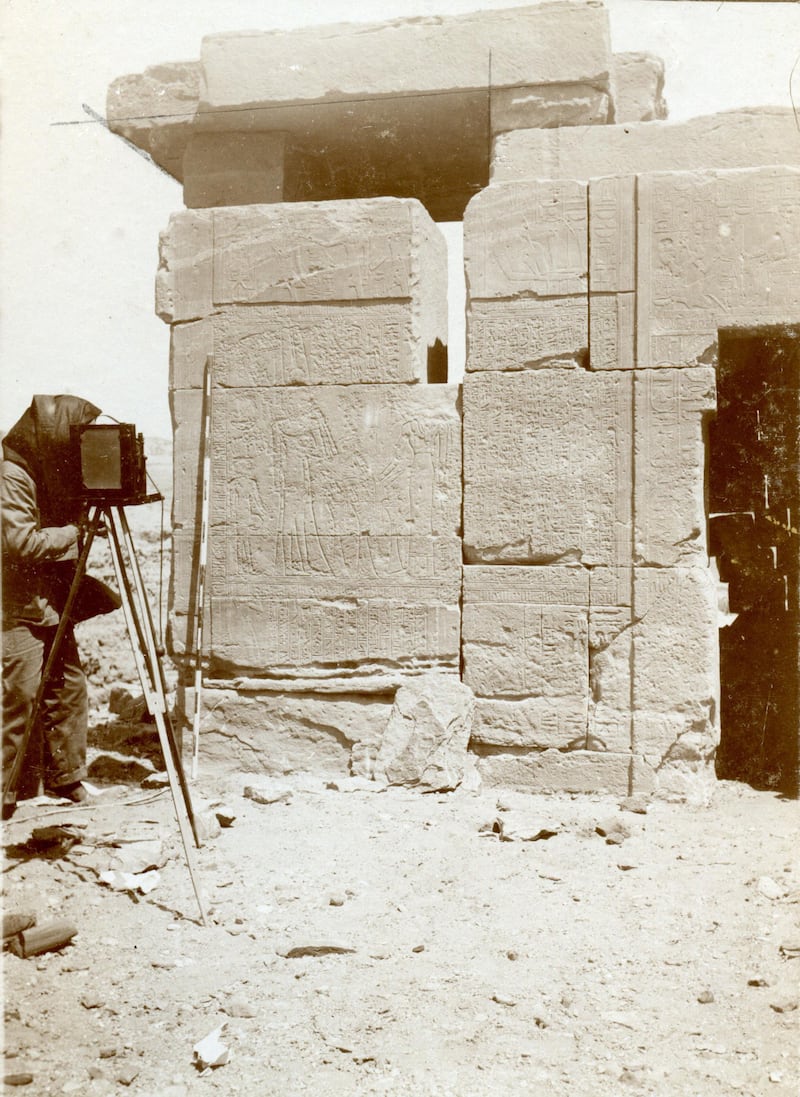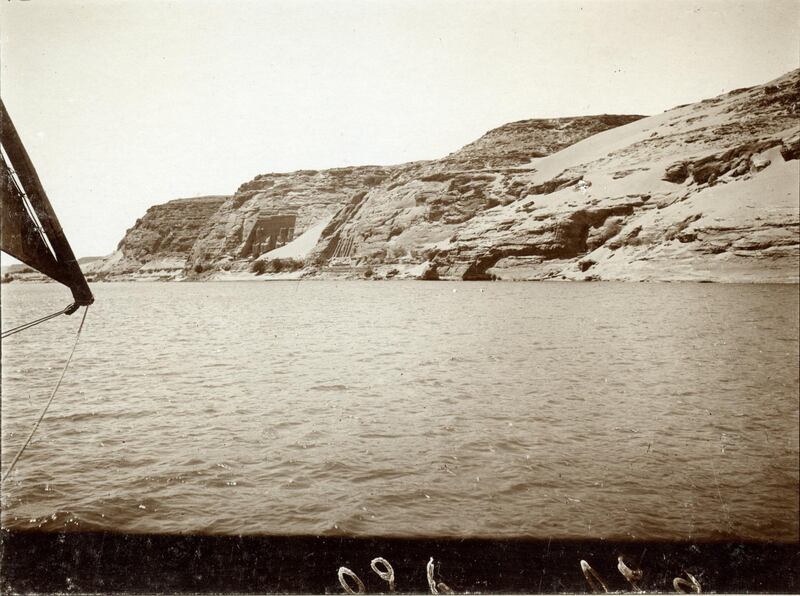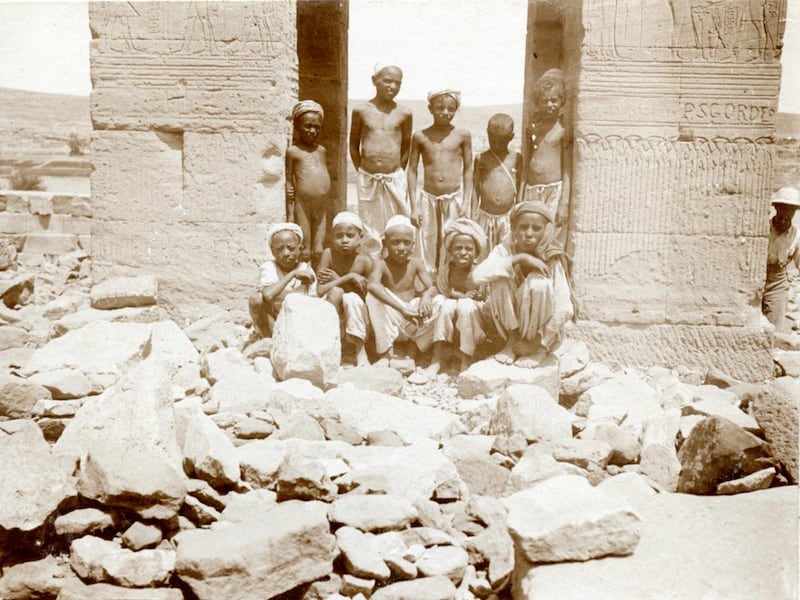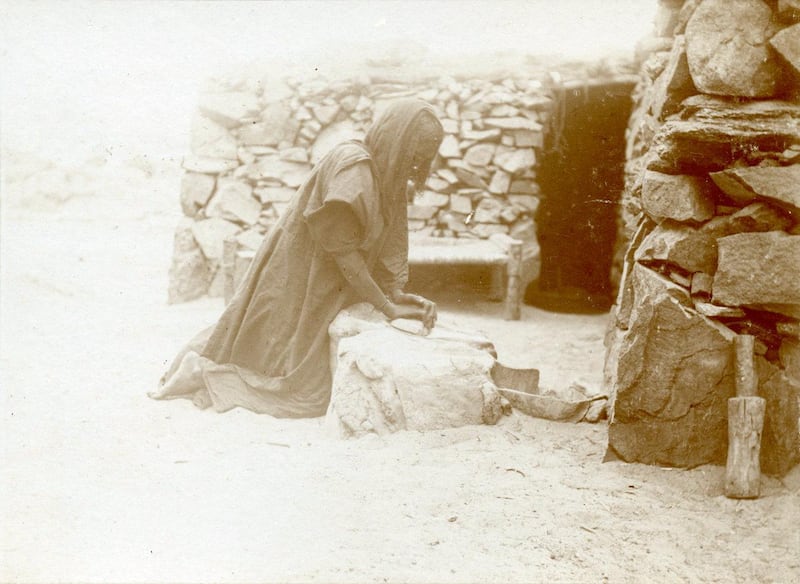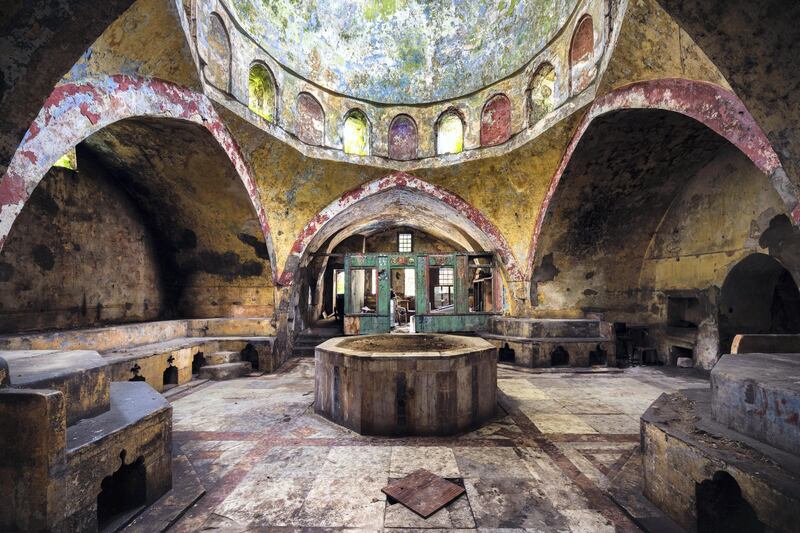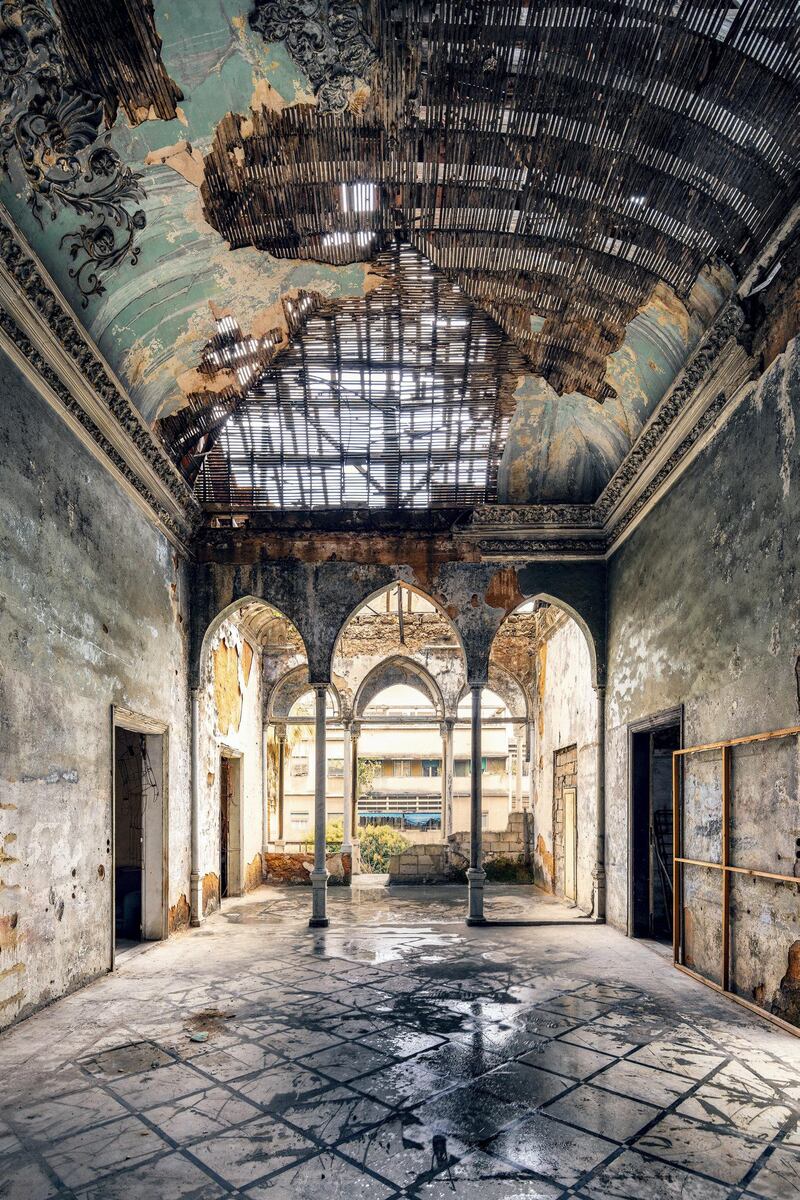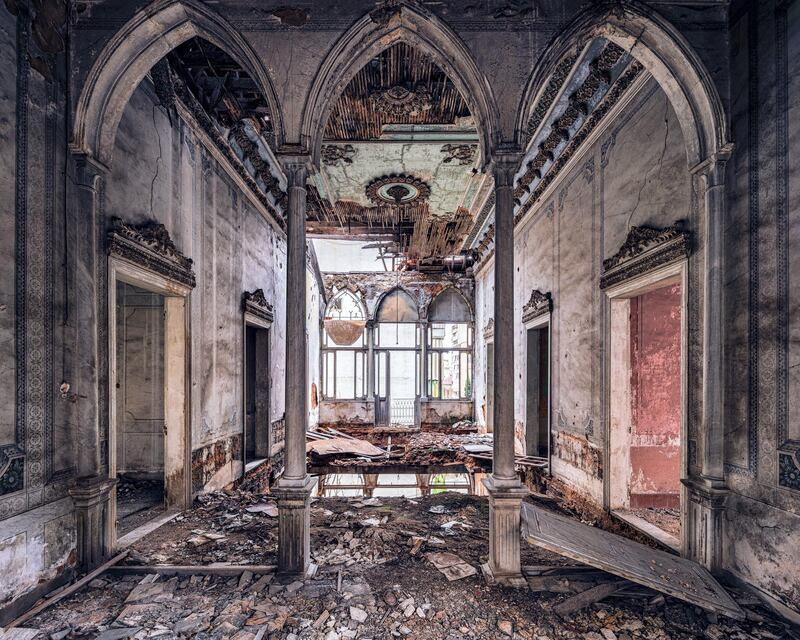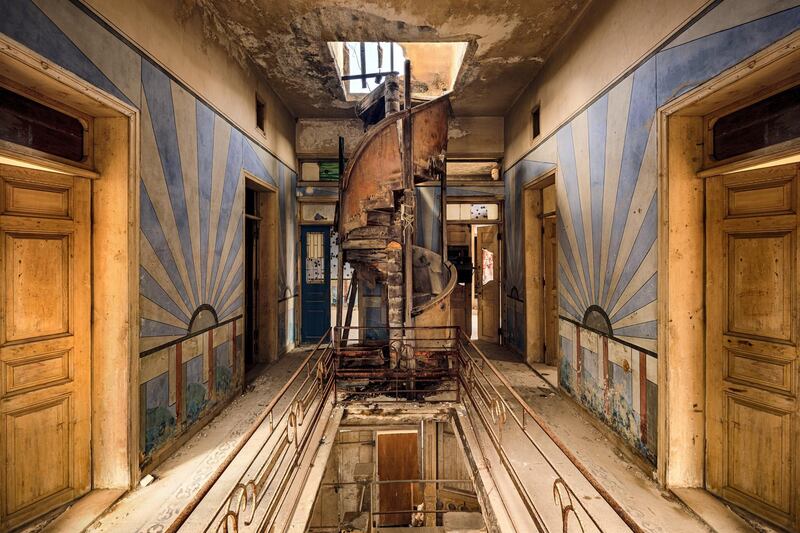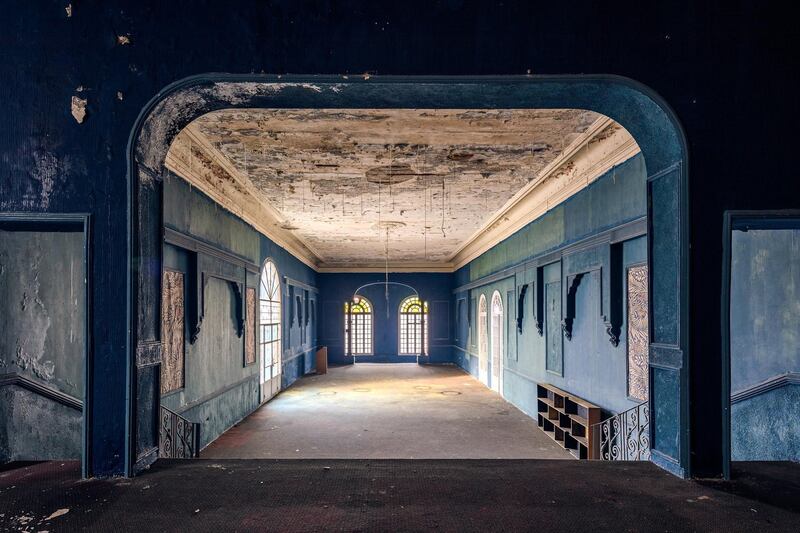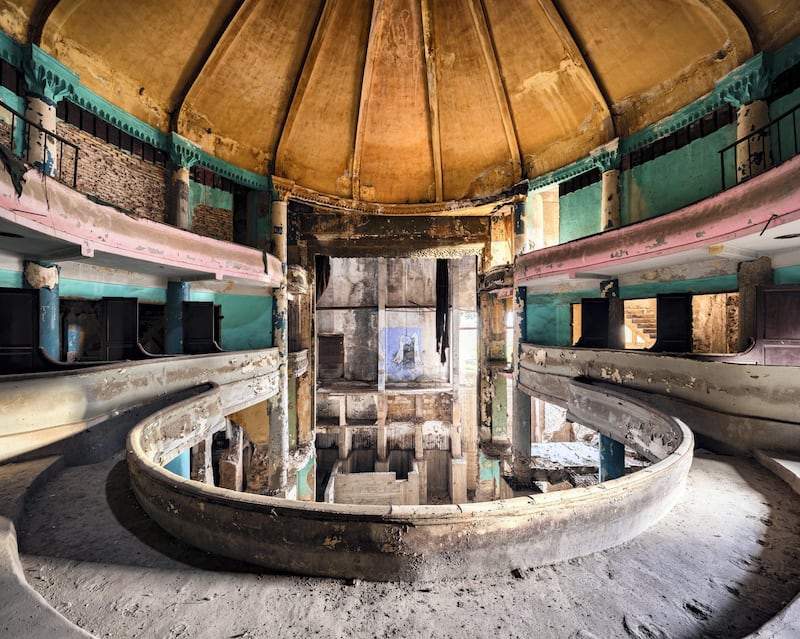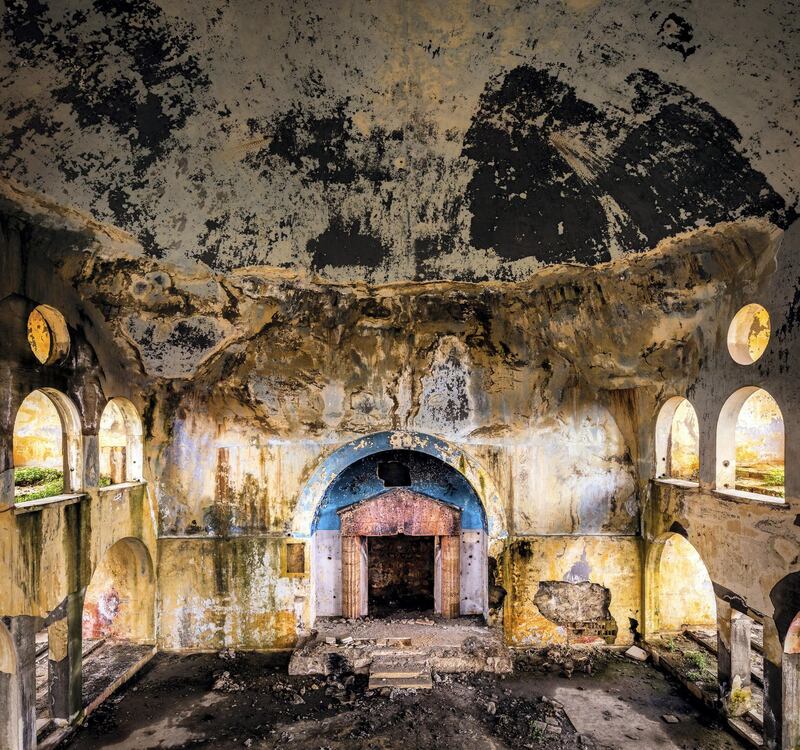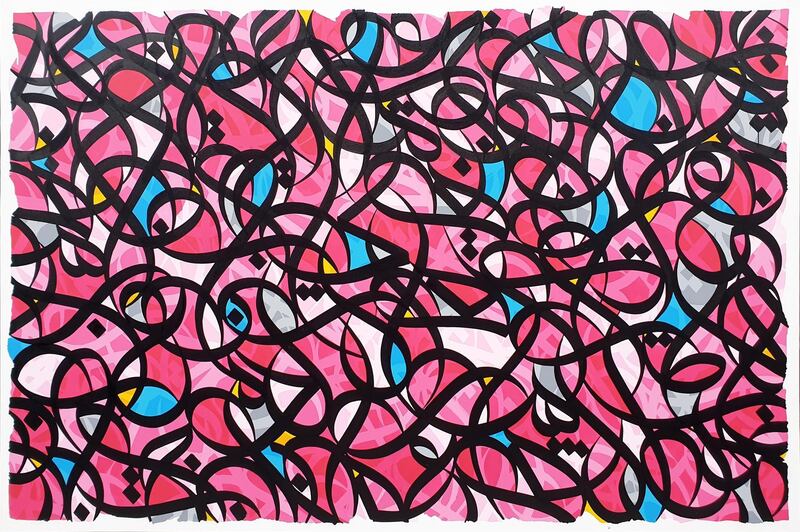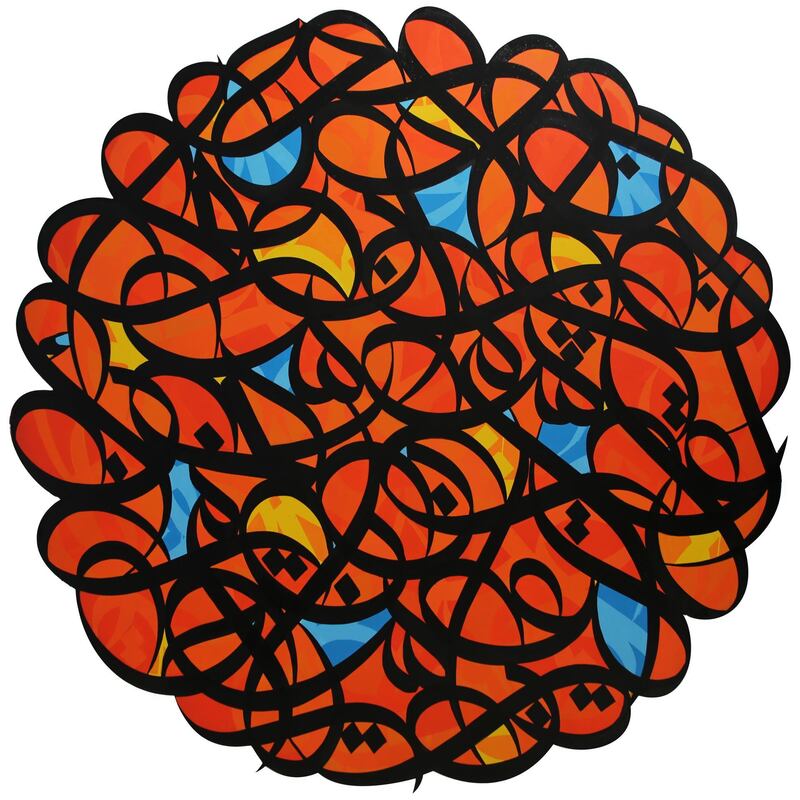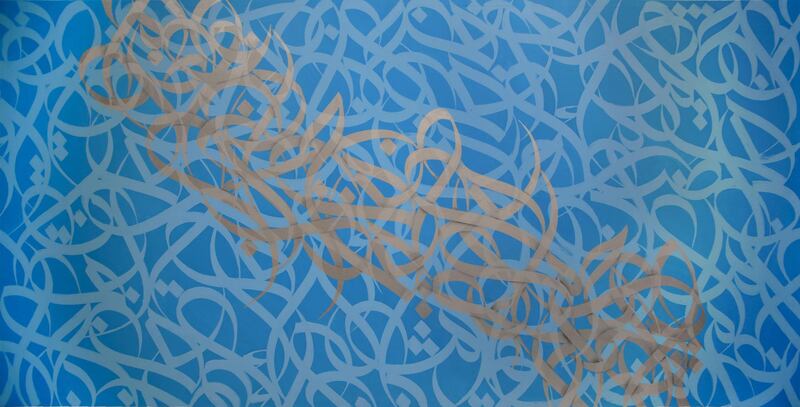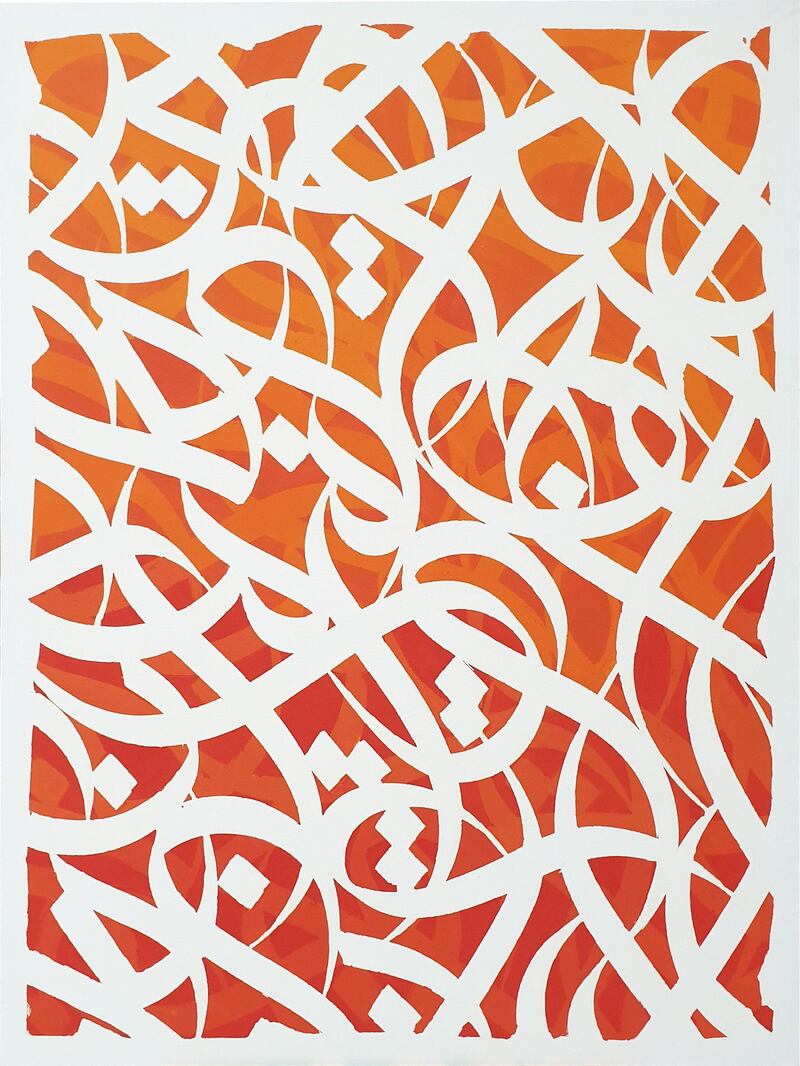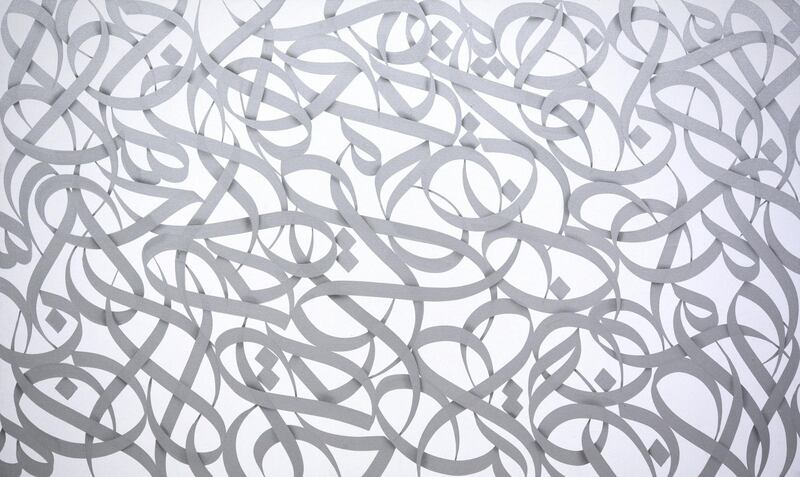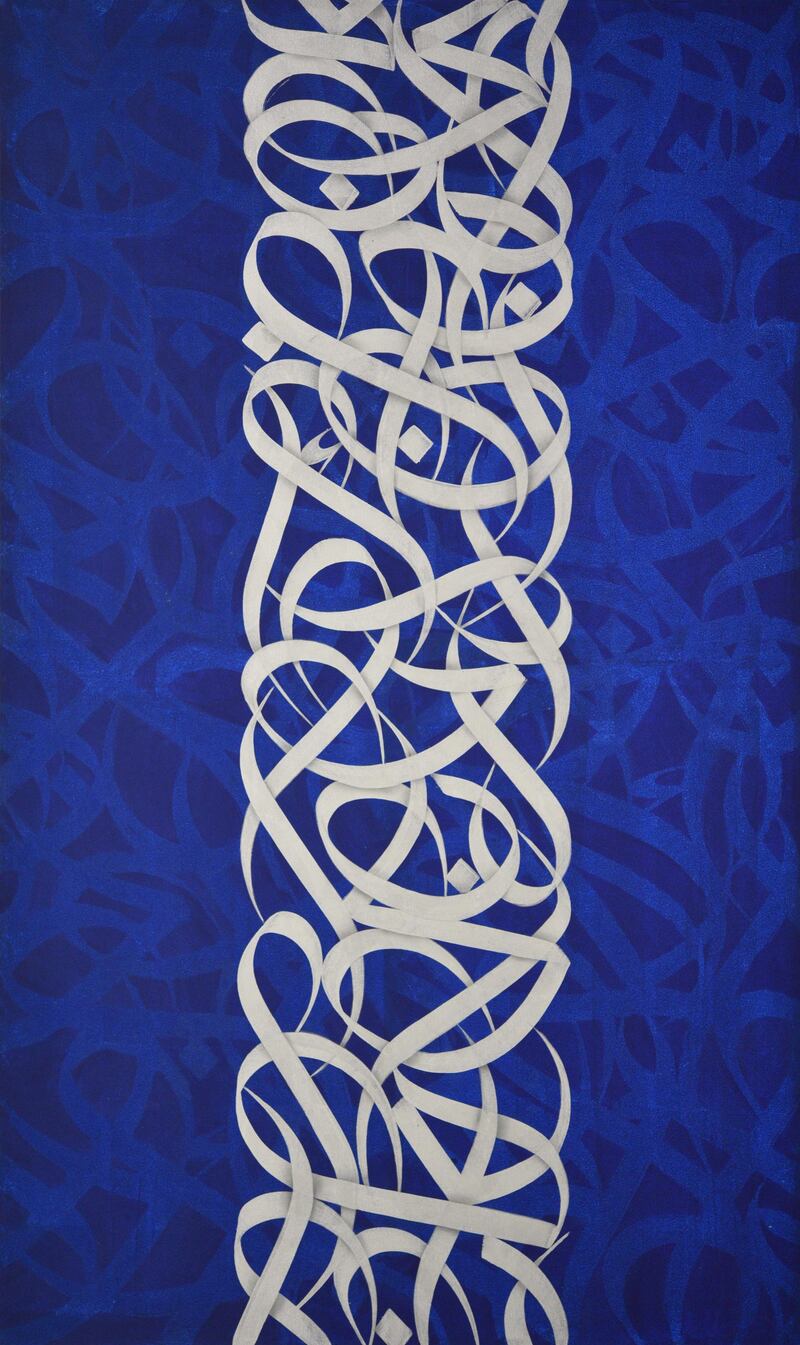New centuries bring new journeys. In March 1900, a delegation of five German scholars set off to explore Nubia, the region which straddles southern Egypt and northern Sudan and encompasses the First and Second Nile Cataracts. The group consisted of three Egyptologists, one classical archaeologist and one diplomat. Their six-week trip came with frequent risks and hardships. They trekked long distances on donkeys and camels, negotiated fierce river rapids, endured supply shortages and battled extreme desert heat. A fact-finding expedition quickly became a back-breaking quest.
A rare documenting of Nubia
However, the participants' labours paid off. They documented their travels by taking hundreds of photographs of Nubia's topography in all its raw beauty, as well as its people and their way of life. Many photographs added insight and enlarged understanding of Nubia's rich cultural heritage. Some photographs captured elements of it that had never been seen before.
For years, though, most of these prints were considered lost. Then in 2015, during a comprehensive stock-take in the archives of the Egyptian Museum in Berlin, six unlabelled boxes were opened and found to contain 341 Nubia photographs. This trove – nothing less than a miraculous rediscovery – constitutes the largest preserved compilation of these 120-year-old travel pictures.
Jana Helmbold-Doye, who has curated a new exhibition titled Photographic Memories – Nubia Around 1900 at the Neues Museum in the German capital, explains how the group of explorers covered many bases. "Among the pictures we find landscape views, photos of Nubian villages and their inhabitants, as well as numerous pictures of ancient sites – primarily fortresses and temples, but also cemeteries, individual tombs, and churches and mosques."
_________________
See photographs that lay bare another side of Lebanon:
_________________
One key objective of the expedition was to examine the border fortifications of the Middle Kingdom (2119-1794 BC) – something which, by the beginning of the 19th century, had never been done systematically. "In the Middle Kingdom, immense defence facilities were built and used as checkpoints and bases for military forces, as well as supply bases," Helmbold-Doye explains.
An exasperating journey
There are several photographs of the ruined fortress at Quban. In one of them we see a member of the group, Heinrich Schafer, who would later go on to become director of the museum where these photos were found. He is holding a ranging pole that seems to offer support on rocky terrain, but also demarcate the line between where the rubble on the ground ends and the roughly hewn walls begin. This and other pictures are accompanied by excerpts from the diary Schafer kept on his travels, his comments ranging from the briskly descriptive to the richly informative. His exasperation can be felt in the note that is shown alongside a photograph of various group members trekking through barren desert. He wrote: "We have ridden our camels for 10-and-a-half hours and what distance have we covered? 43 kilometres."
Many photographs feature temples, both inside and out. At the entrance to the southern temple of Buhen, a mud-brick pylon stands sentry. Reliefs and inscriptions adorn pillars, gateways and fluted columns. One outer-wall relief depicts the pharaoh offering cattle to the god Horus. Schafer observes that all reliefs are “of good workmanship with wonderfully preserved colours in part”. We have to take his word for it on the colour of the reliefs, but the quality of these brown-black toned photographs – remarkable given the blinding light in sunny Nubia – allows us to admire the fine detail of the artwork.
Daily life for Nubians
Other images show scenes of everyday life. Nubian women are seen grinding grain or fetching water. Clusters of Nubians wait with luggage on a sandbank or at the railway station in Aswan. A paddle steamer flying the flag of the Sultan of Constantinople, the formal ruler of Egypt, glides languidly along the Nile. On board the travel group's chartered dahabeah, the captain converses with the ship's boy.
Some pictures of ancient sites have a focus that is more anthropological than archaeological: 10 local boys pose at the rock-strewn entrance of the temple of Dendur; an old blind man and a ragtag band of children gather in front of a sphinx outside a Wadi es-Sebua temple.
Alongside these photographs, in Neues Museum's exhibition, are various Nubian artefacts – from pots and statues to jewellery. The standout extra is a stunning border stela, or stone, from Semna. This region with its fortress was the southernmost destination on the German expedition. It was here in 1860 BC that Senusret III, Egypt's pharoah, had monumental stelae erected to mark the boundary between Egypt and Nubia. The surviving stela on display in the museum is decorated with a winged sun and inscribed with hieroglyphs, which Helmbold-Doye decodes: "In the text, the pharaoh addresses the Egyptians in a direct speech in which he describes his power and his courage during the conquest of Nubia. He also appeals to the Egyptians to guard the southern border of the country and not to give up without a fight."
_________________
eL Seed debuts new work in first US solo show:
_________________
In the end, though, the fate of this area wasn't sealed by battles between warring men. In 1971, the region was completely flooded after the construction of the Aswan Dam. Some Nubian temples were saved and relocated as part of an extensive Unesco campaign, but most of the natural locations and architectural wonders from the photographs were submerged or washed away.
With this in mind, we come to appreciate the efforts of Schafer and his colleagues all the more. “The members of the expedition achieved something laudable,” agrees Helmbold-Doye. “Instead of taking away ancient monuments in order to exhibit them in European museums, they documented them in situ and thus recorded them in a state which has [now] been lost forever ... through the floods of Lake Nasser.”
The photographs might have disappeared and then been found, but what they record has been irretrievably lost. “These photographs deserve to be known,” Helmbold-Doye concludes, “both as a testament to early expedition photography and to the sunken cultural landscape of Nubia.”
Photographic Memories – Nubia Around 1900 is being exhibited at the Neues Museum, Berlin, until Sunday, August 30. More information is at www.smb.museum
